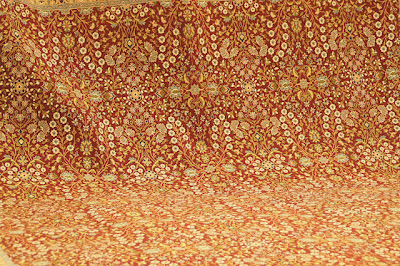Pergamon
 Tuesday, July 16, 2013 at 11:23PM
Tuesday, July 16, 2013 at 11:23PM Early the next morning, we were on our way again! This time we headed to Pergamon, which is high up on a mountain and required a gondola ride after our bus took us as far as it could.
We walked a little ways over to the site of the ruins, where the remains of once-magnificent buildings were scattered about.
This is the city that Jesus calls the "throne of Satan," and many think that this is a reference to the worship of Asclepius, the god of healing, who used snakes in his ritual healing (our guide told us that the snakes were eaten alive).
In antiquity, the mighty structures of this city could be seen from far down the mountain, and surely symbolized the power of those who ruled it. From the shrine to Asclepius to the Library of Pergamon, the Great Altar to Zeus to the theatre on the side of the mountain, the city must have been impressive.
As I looked at this picture again (the one above), I thought,"Those columns don't look so stable!" I'm sure as these pieces are put together they are constructed and held together by rods and secured, but the height of these and others in the different areas we visited is stunning.
What was high is now low, traces of greatness and beauty linger.
Another humbling reminder...




































































